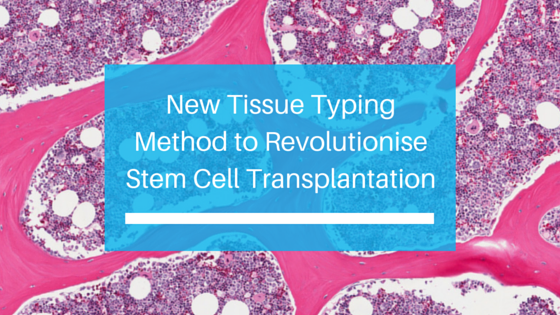
Anthony Nolan is a charity that helps people with blood cancer and blood disorders find a suitable stem cell donor. They recently announced the discovery of a new tissue typing method that will significantly improve stem cell transplantation outcomes.
The new system types a patient’s saliva and blood samples, extracting very useful data for determining stem cell donor compatibility. This typing method is Anthony Nolan’s “Third Generation Sequencing technology” and uses Single Molecule Real-Time (SMRT) DNA sequencing technology produced by Pacific Biosciences.
The technology processes samples much more quickly than previously, which allows for more potential donors to be assessed. Currently, only 60% of recipients receive the best possible stem cell match, with the remainder using partial matches. This very fast typing technology will allow stem cell registries and doctors to asses thousands or millions additional donors each year.
To assess the compatibility of stem cell transplants between a donor and recipient, doctors check the human leukocyte antigens (HLA) of each person. HLAs are responsible for detecting if new cells are foreign and should rejected. A rejected transplant can cause very serious side effects.
This new typing mechanism gives doctors greater information about the extent of the HLA match between the donor and recipient. The two Pacific Biosciences RS II DNA sequencers purchased by Anthony Nolan has SMRT DNA Sequencing of full-length HLA genes.
Dr Latham of the organisation says of the technology: “The implications of this technology could be enormous, allowing for accurate HLA typing in a single experiment and making redundant the need for multiple experiments and cross-referencing of results.
This is significant as high resolution HLA typing has been shown to improve outcomes when stem cell transplantation recipients and their unrelated donors are matched very closely.”
Source: New Tissue Typing Method to Revolutionise Stem Cell Transplantation
{{cta(‘3fe0aac7-7562-46dc-b8b9-c706d9cfd6b1’)}}
{{cta(‘fec594e9-5433-4350-9180-2bdd371eb399’)}}

